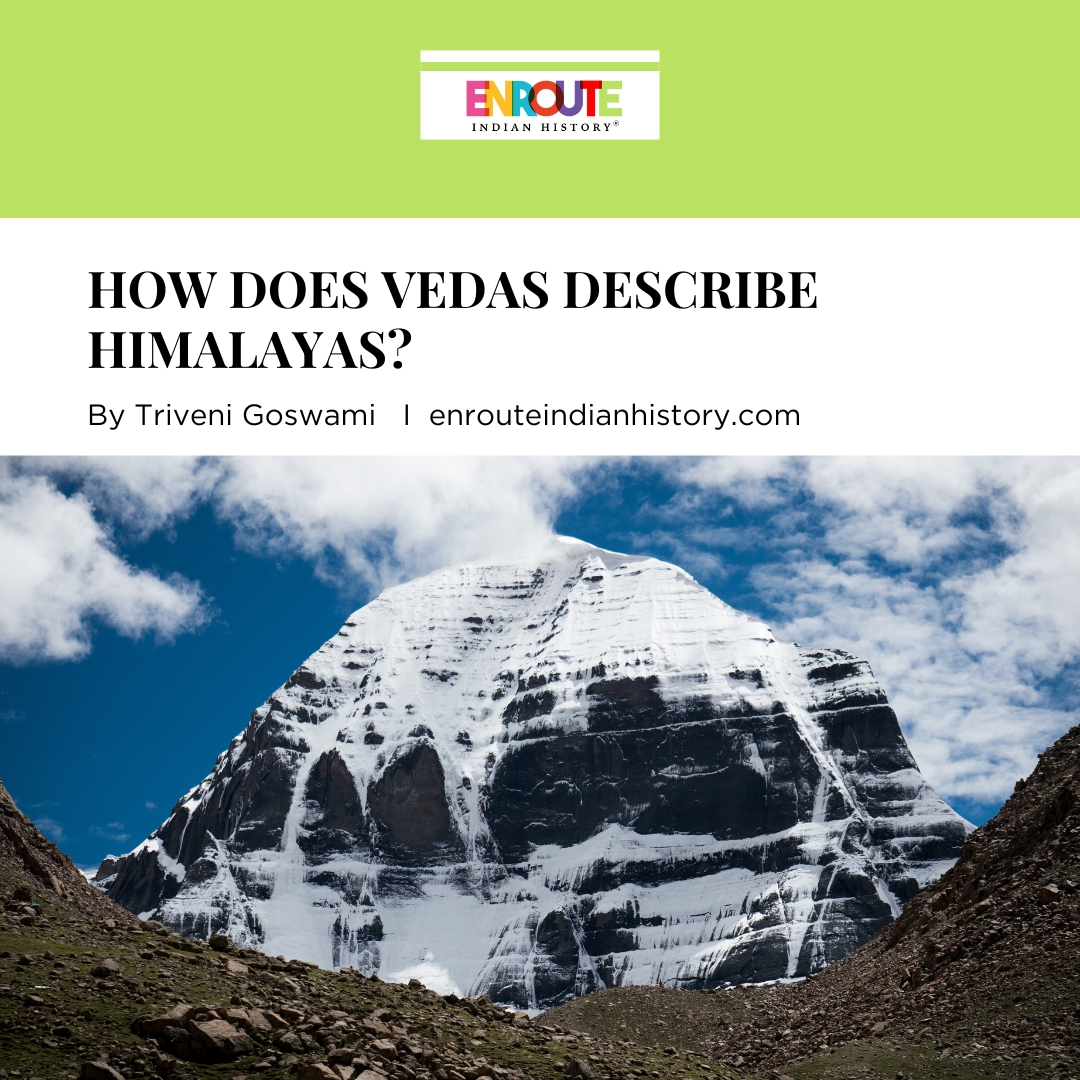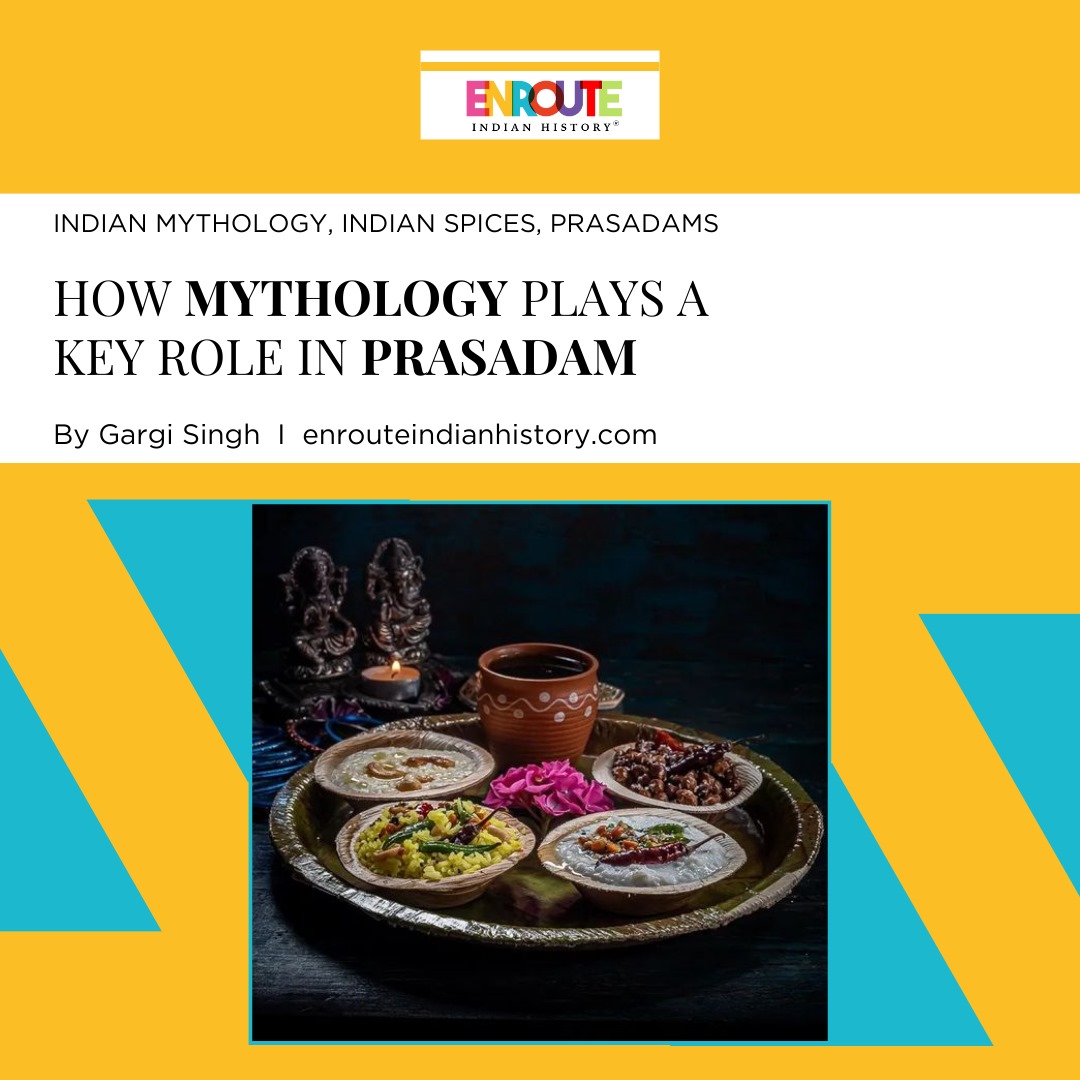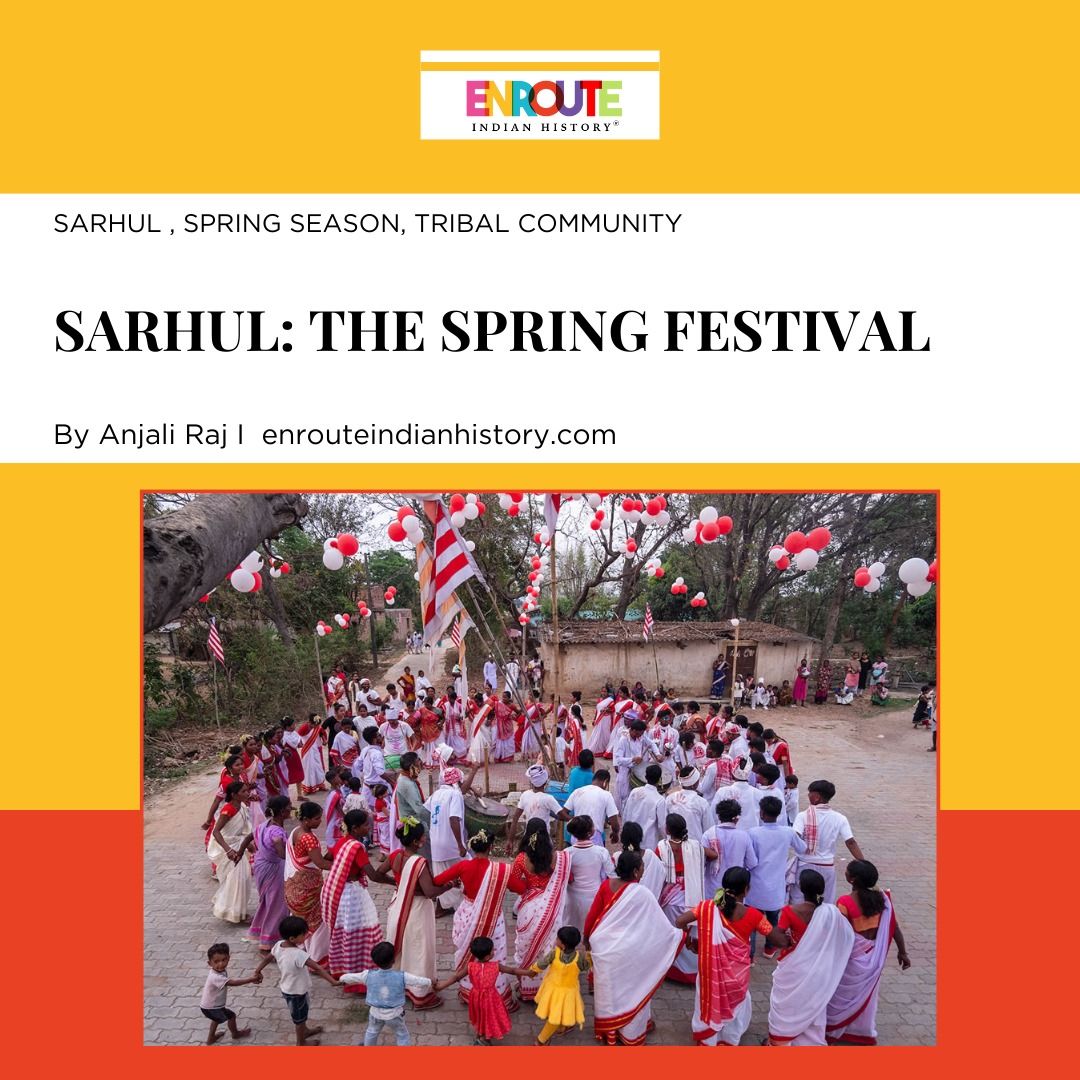
Water, one of the five Panchtattva that makes life, is the earth’s nourisher and has been accorded the status of a devata. It is considered the most known medium of purification and is deemed to have an innate tendency of purity and the capacity to absorb pollution. Considered a primordial spiritual symbol, it determines the state of socio-religious purity and pollution in a traditional Indian caste society. Not only this, the access to, control over, and distribution of water is also determined by the notion of purity to a particular caste. In the Vedic texts, water is referred to as Apa/Apah, meaning water. The Rig Veda considers water to be the first residence or Ayana of Nara, the EternalBeing, and therefore water is said to be the Pratishtha, the foundation of the entire universe. Vedic philosophy thus bestows a sacred character on water and the Atharva Veda mentions it to be ‘the first door to attain the divine order’. Not only this, even the apsaras of the Indralok have their origin in water and hence are named Apsaras, Ap meaning water.

(Source: Indian ExpressTens of millions of pilgrims gather on India’s riverbanks in Haridwar, seeking blessings.)
It forms a common chain of interrelationship between human society and religious philosophy through the performance of many rituals. The water used to clean or bathe the deity is often collected and considered very sacred. It is often referred to as teertha or blessed offerings to the devotees. An example of this could be the Janmashtami ritual where the idol of Krishna is given a bath with water and often that ‘sacred’ water is added to the Panchamrit, the prashad served to the devotees. The use of water in Hindu rituals is also represented through the presence of ‘Poorna Kumbha’, which is a pitcher full of water with fresh leaves of mango or coconut at the top symbolising divine essence. Pooja in Hinduism most often includes a Kalasa which is made up of either Brass or Silver and filled with water. It is believed that the Kalasa symbolizes the Universe and is a part of the Mandalic Liturgy as the pot is placed on the mandala and it is believed that the deities descend and raise themselves into the Kalasa. Tarpana is another ritual in which the devotee makes a cup with his hands and pous water from his hand reciting mantras. Sandhyavandana is also a ritual that includes water as its main feature. The Achamana part involves, sipping water while reciting mantras while the Marjana involves sprinkling of water on the body which purifies the mind and the body. The touch of the water is considered to stimulate the nerve centers of the body and invoke the divine presence within an individual.

(Source: Britannica; A Jewish Mikvah)
Not only in Hinduism, the role of water is sacred in almost every religion. In Christianity, the process of Baptism is performed by ritual immersion in it and the trinity invocation, the baptized person is considered to be born again as a Christian and has a new and sort of ‘personal relationship’ with God. Sometimes, the water is poured over the head or a few drops are sprinkled on the head and shoulder. In Judaism, the process of ritual immersion in water has also been symbolically referred to as a purification symbol. Mikvah or Mikveh/Mique is a pool of water in Judaism as described in the Jewish code of law (Mishna) in which the Jewish bathe for ritual purity. Males used to bathe each Friday and during religious festivities. On the other hand, women were prescribed to bathe in Mikvah during weddings, after menstruation, and childbirth to attain ‘religious purity.’ In all these cases, the ideas of ‘purity’ and ‘washing away of sins’ acquire the central theme.
The idea of washing away sins is related to the power of sanctity and the cosmological connotation mentioned in mythologies. The waters of the Ganga are described as bestowers of sanctity and miracles. In Hindu mythology, all the rivers are revered as removers of pollution. However, among all, Ganga has acquired the most prominent position and is defined as the pathway connecting all spheres of reality. Kumbh Mela of Prayagraj is the most revered festival associated with the Ganga and the purification of the human soul, washing the sins away. William Sax (1987) states that the historical origin of the Mela is “an open and indeed almost an uninvestigated question”. Kama Mclean (2003) considers the Kumbmela to be an example of “invented tradition” which was applied to Allhabad’s extant Megh Mela in the 1860s by Pragwalas. The Sagar Manthana (lit: Ocean Churning) story which is cited in several Hindu religious texts is traditionally seen as the point of origin for Kumbh Mela. It is a battle between the gods and the demons for the Amrit or nectar of life which was placed in a Kumbh. The Amrit then sprinkled to many places on earth, one being the Kumbh and its holy waters. According to Hindu Mythology, it is believed that a dip in this holy water makes one ‘eternally blessed’ Not only this, but it also washes away all the sins that one has incurred.
However, Kumbh isn’t the only place, all pilgrimage sites in India involve taking a dip in the holy waters. The Famous Panchkroshi Yatra around the larger mandala of Kashi involves a boat ride in the Holy Ganges water from Manikarnika Ghat during the start and end of the trip. The entire tourism of Kashi is largely dependent upon the Ganga and its ghats. Another is the Narmada Parikrama which involves pilgrims walking the entire length of the river and taking a bath in the holy water of Narmada every morning.

(Source: Economic Times; A Sadhu takes a holy dip at Sangam on the auspicious day of Makar Sankranti during Kumbh Mela.)
A very interesting role of water as a source to absolve sins comes from the Rameshwaran Temple’s Karma Conquering wells. The twenty-two wells inside the Rameshwaram temple complex are water wonders. These are wells arranged in no logical order, some are far and some are away, some are circular, and some are square. One is a giant temple tank 100 feet wide which has water lilies on its entire surface. Each well has a story that serves as a way to dissolve your sins.

(Source: Hinduism Today: A woman taking a bath with the water of the sacred wells at Rameshwaram Temple’s complex)
The Ancient Indian tradition that is followed here states that pilgrims take a bath after they have bathed the Shivlinga with the Ganga river water from Kashi. The story of Kings and sages who took a bath in the waters of these wells elaborates on which sin the water of a particular well will absolve. For instance, the first well, Mahalaskhmi Tirtham bestows riches, the 13th well Ganga Tirtham is said to have absolved Rama’s sin of Killing Ravana, and the Chakra Tirtha well gave the sun back its glow. The last well, Kodi Teertham is believed to be ten times more blessed than Ganga water and is believed to have got Krishna rid of the sin of Killing Kamsa. To add to its uniqueness, while the rest of the wells have buckets, this well has only one small copper cup.
A description of this notion of sanctity attached to the water of holy sites, and places of pilgrimage has over time acquired the shape of ‘Redemption’ that all devotees seek in their lifetime.
REFERENCES
https://www.hinduismtoday.com/environment/indias-profound-kinship-with-water/
- Singh, Rana P. “Water Symbolism and Sacred Landscape in Hinduism: A Study of Benares (VāRāṇAsī) (Wassersymbolismus Und Heilige Landschaft Im Hinduismus: Eine Studie Aus Benares (VāRāṇAsi)) on JSTOR.” Erdkunde, 1994, p. 210, https://doi.org/25646594. Accessed 24 Sept. 2023.
- April 4, 2024
- 7 Min Read
- February 16, 2024
- 8 Min Read


























